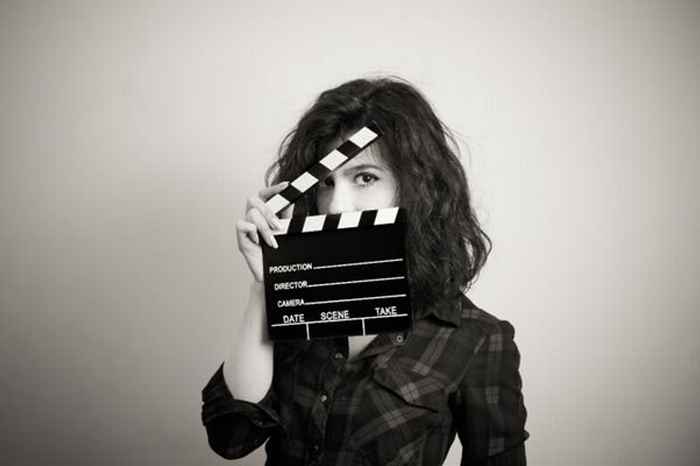Media that positively affects young peoples’ self-image
Collaborating with the Faculty of Social and Behavioural Sciences

Recognising yourself in films and series can have a positive effect on your self-image. It means, after all, that you matter and that other people see you, too. But many young people lack a positive role model with whom they can identify. Despite the vast range of content available on platforms such as Netflix and Disney, the storylines and characters are often quite similar and contain stereotypes. For that reason, lecturers at the University of Amsterdam decided to step up and do their part to achieve a more inclusive media landscape for young people, including by offering concrete tips and tools to media makers.
The importance of authentic representation
Lecturers Chei Billedo, Sindy Sumter and Irene van Driel are the founders of the Media Representation Initiative. They conduct research into and teach classes about this topic. The ‘Representation in the Media’ course is part of this initiative. During this course, students learn about the status of representation in the media landscape. From TV series and films to games, social media, AI and robots, they learn how media helps us learn who we are, who or what we can become, and about the importance of authentic representation when it comes to learning about those who are different than we are.
What is a better version, and why?
The assignment focuses on characteristics the students themselves wish to examine, such as sexuality, gender, ethnicity, mental health, physical disability and a variety of identities. During the course, students reflect on their own media usage as well. This is a valuable opportunity in an international context. They answer questions including: Which characters and storylines are missing in the media landscape, and which one exist but are presented in a one-sided way? Which factors account for this? What is a better version, and why?
Anyone can be Bond
Throughout the course, students pitch improved versions of existing media products, explaining what was wrong with the old version and why, as well as how the character or storyline could be depicted better. For example: the students replaced James Bond with multiple characters, each with their own background and expertise (‘anyone can be Bond'); the storylines around Monica’s weight and health on Friends were overhauled; the lack of diverse leading female roles in spy movies was corrected; and the stereotypical depiction of Music, a girl with autism, in the film Music was addressed. The students also rewrote storylines in romantic Christmas films that misrepresent class differences and female dependence.
Experienced media makers
The panels who evaluated the pitches consisted of experienced media makers, such as individuals who have been working for some time to make the Dutch media landscape more inclusive, and staff of the Netherlands institute for Sound and Vision, which manages one of the largest digitised media archives in the world.
During the first semester, students pitched their ideas at the Netherlands institute for Sound and Vision at the Media Park in Hilversum, while last semester, representatives of Sound and Vision were invited to visit the Roeterseiland Campus.
Working on formats, together with young people and media makers
The goal of the pitches is to provide media makers with inspiration based on scientific insights. Ultimately, the greater goal is to develop concrete tips and tools and to work together with media makers on formats. Because how can we ensure that initiatives aimed at inclusivity will, in fact, have a positive effect? How can we make media that includes authentic representations of a wide variety of people, that everyone can enjoy – including people who do not share that identity? Lecturer Irene van Driel: ‘Efforts like this aren’t always successful, of course. Sometimes well-intentioned initiatives can still go awry. But by bundling the strengths of media makers, young and experienced researchers and young people, we can make great strides in the right direction.’
Looking for practical solutions to social challenges in collaboration with our scientists, students and teachers? Want to set up scientific research together with our researchers? Or just want to know more about the possibilities?
